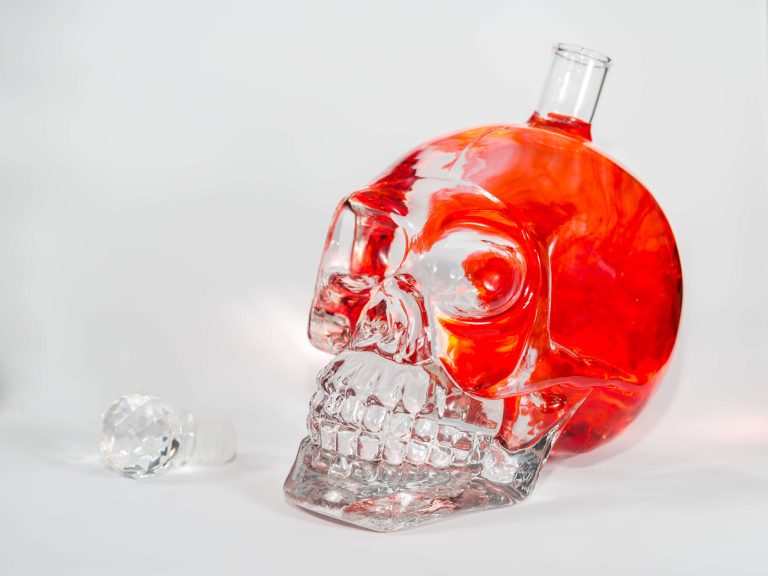Content
You can have unhealthy drinking patterns without being an alcoholic. Alcohol use disorder or alcoholism is a pattern of ongoing alcohol abuse. Cope-motivated drinkers use alcohol to escape their problems, such as depression and anxiety. They’re more likely to be female and have low agreeableness, low self-esteem and high neuroticism. Chapman House is a California licensed residential substance abuse treatment facility licensed by the State Department of Health Care Services. Because alcoholism has been identified as a disease, determining the exact manifestation and severity gives addiction specialists a powerful tool that can shape more personalized and effective treatment.
The Connection Between Alcohol and Gout: How Does Drinking … – CreakyJoints
The Connection Between Alcohol and Gout: How Does Drinking ….
Posted: Tue, 31 Dec 2019 08:00:00 GMT [source]
People in the intermediate familial group tend to share a few things. First, at least one nuclear family member has an alcohol dependency. What these categories are intended to do, then, is help researchers understand alcoholism more comprehensively. They may also aid medical experts in finding new forms of prevention and treatment. Alcohol abuse disorder often requires multiple types of treatment, and a combination of medication and individual or group therapy tends to be most effective.
What are the Symptoms of Being an Alcoholic?
Most Chronic Severe alcoholics are middle-aged and have a personal history with an early onset of problem and binge drinking. 80% of individuals within this subtype have a family history of multi-generational alcoholism. This subtype comprises around one-fifth of all alcoholics in the United States – 21%. They are typically in their middle-twenties and possess a history including an early initiation of alcohol abuse.
This is the youngest onset of dependence of any of the categories. Over690,000 studentsare assaulted by another student who has been drinking. Frances RJ, Timm S, Bucky S. Studies of familial types of alcoholics and non-familial alcoholism. If your hope is to help your loved one avoid the terrible fall you see coming, then you do not have to give up on helping them to get the treatment they need.
Determining What Types of Alcoholics You Are
However, not everyone who binge drinks meets the criteria for alcohol use disorder. For example, binge drinking is considered unhealthy drinking, which is especially common among young people. But identification also helps by letting people with alcohol use disorder AUD know that they are not alone, and that they have a serious health problem that requires a medical treatment plan. There is help and support available to help them successfully recover from their illness.

An example of a young antisocial alcoholic is someone who has a history of conduct disorder before 15 years old and has numerous issues with unexcused absences at school, lying to parents, fighting, and theft. Young adult alcoholics are most likely to be male and not seek treatment. Intermittent endogenous symptomatic drinkers are distinguished primarily by their periodic drinking pattern but also develop alcoholism secondary to a psychiatric disorder. For example, epileptic and epileptoid drinkers are driven to wild drinking bouts by a seizure-like brain disorder. Similarly, manic-depressive disorder is thought to produce periodic excessive drinking.
Types of Alcoholism
One of the most concerning aspects about alcoholism in this age group is the damage alcohol can do to the brain, as the brain is still developing in important areas, such as in the prefrontal cortex. Researchers foundthat they have the highest rates of employment among alcoholics, with 68% working full-time and an average family income of nearly $50,000 a year. About 64% are male, while around 38% are married and 21% are divorced.
- Many of those in the grips of alcoholism choose not to seek help, but it doesn’t have to be that way.
- They are often unemployed, have no contact with family or friends, and have multiple unsuccessful attempts at cutting back on alcohol.
- This would allow you to continue living and working as normal but receive treatment at the same time.
- “Our data shows that alcoholism is more a disorder of youth than previously suspected,” he adds.
- There are, however, 5 identified subtypes of alcoholics as identified by the National Institute Of Health .
They tend to prefer self-help groups, detoxification programs, specialty treatment programs and individual private health care providers. Nearly half of them have a close family member who is also an alcoholic.
INTERMEDIATE FAMILIAL SUBTYPE
Alcohol impacts brain chemistry, and regular exposure to the mind-altering substance may actually change the way the brain’s circuitry works. An individual may then suffer from cravings and withdrawal symptoms when alcohol isn’t active in the bloodstream, encouraging the person to drink more to feel better. Nearly one-third of all alcoholics fit into the young adult alcoholic subtype. Theresa Parisi is a Certified Addiction Professional , Certified Behavioral Health Case Manager , and International Certified Alcohol and Drug Counselor with over 12 years of experience in the addiction treatment field. The researchers applied the survey’s findings to the U.S. population. They estimate that in the year before the study, nearly 8 million people in the U.S. met the standard for a diagnosis of alcohol dependence. “If the health care professional is uncomfortable with assessing alcohol problems the individual should ask for a referral to an addictions specialist for an in-depth evaluation,” he says.
- However, generally speaking, medically assisted detox and withdrawal, as well as cognitive behavioral therapy or a combination of these modalities, remain the most effective treatment for alcohol use disorder.
- We’ll look at the different types of alcoholism and how knowing them may help identify problem drinking.
- They may also aid medical experts in finding new forms of prevention and treatment.
- Alcohol abuse disorder often requires multiple types of treatment, and a combination of medication and individual or group therapy tends to be most effective.
- Intervals of intense nervous irritability and depression commonly precede the drinking periods.
According to NIAAA, around 20 percent of college students struggle with alcohol addiction. This group has one of the lowest education levels of any subtype and also has the lowest employment rate. This group drinks more frequently than any other, although their total alcohol intake is less than the young antisocial subtype.
